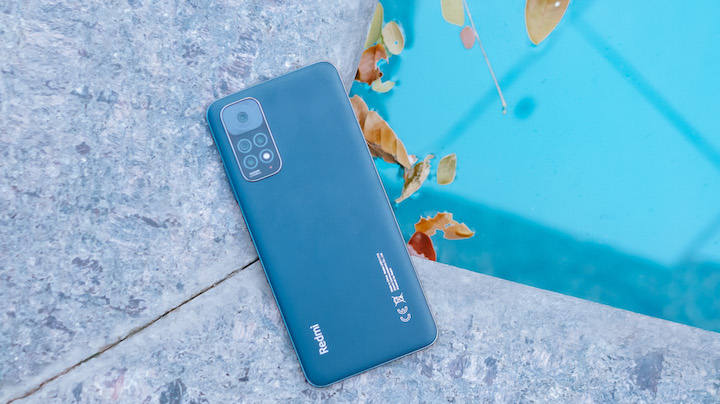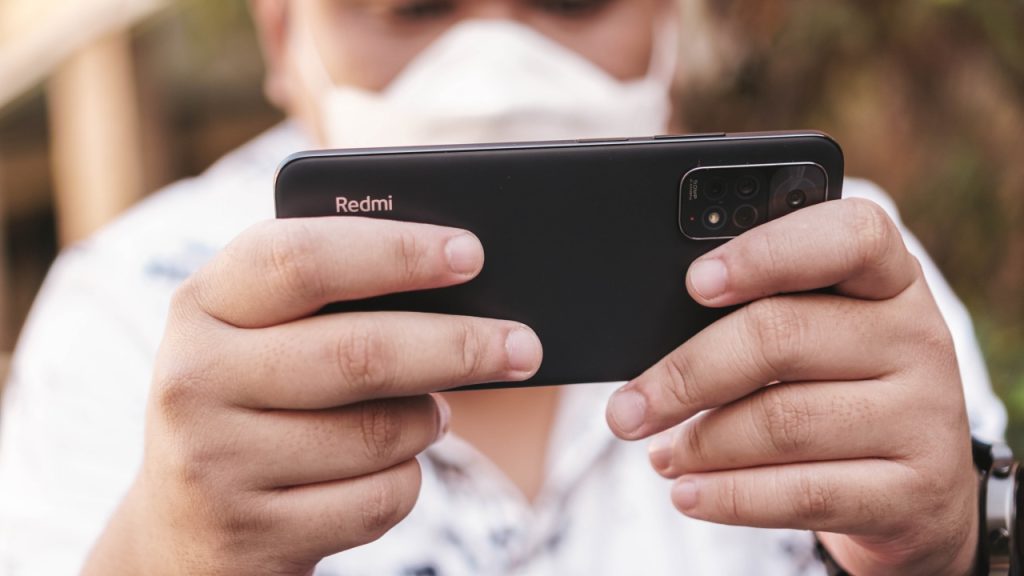
A few years ago, it was easy to recommend Xiaomi smartphones. For example, the Note 8 was the best sub-10k smartphone in 2019. For those who can stretch the budget a bit, the Redmi Note 8 Pro was the way to go. Back then, Xiaomi’s line-up was clearly defined and easy for consumers to understand. Fast forward to today, and here I am in awe of the Redmi Note 11 series. I don’t know how Redmi Note 11 is different from Redmi Note 11S. Also Redmi Note 11 Pro, Redmi Note 11 Pro 5G, Redmi Note 11E, Redmi Note 11E Pro, Redmi Note 11 Pro+ 5G, and Redmi Note 11T 5G. But, let’s not get bogged down by this confusing naming scheme, and find out if the Redmi Note 11 is worth your money.
Design
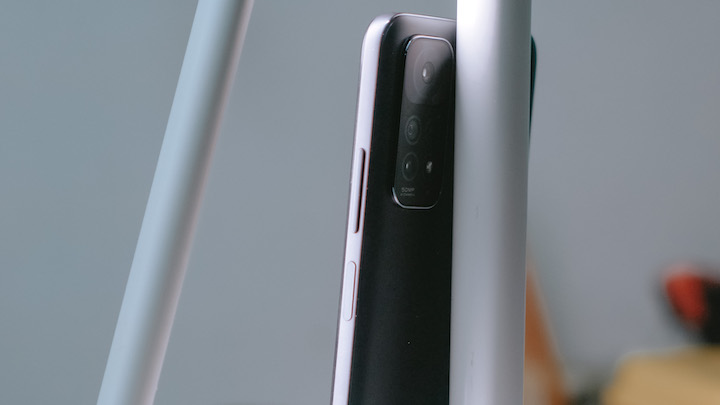
The Redmi Note 11 shares the core design with its predecessor. It has a slightly curved back with minimal Redmi branding as seen on the Redmi Note 10. The camera module with its signature protrusion sits on the left side. Button placement is almost identical to its predecessor.
That said, there are some changes that drastically change the experience. For starters, the Redmi Note 11 has a blocky outline. The sides are flat, which is a complete departure from the ergonomic curves of the Redmi Note 10. The Redmi Note 11’s budget roots are evident from its plastic body. Which lacks the premium appeal of early Xiaomi phones like the Mi A3. But on the bright side, the Redmi Note 11’s plastic body is less susceptible to scratches.
Those with butterfingers will appreciate the extra grip of the phone’s matte finish. The handset feels sturdy and isn’t heavy at 179 grams. For protection against drizzle and accidental splashes. The Redmi Note 11 is rated IP53.
According to Xiaomi, the phone has dual stereo speakers. We tested this claim with magnetic paper and can confirm. That the two speaker grills are not just for aesthetic purposes. Xiaomi has retained the side-mounted fingerprint sensor from the Redmi Note 10. While the under-display fingerprint scanners look cool. the side-mounted one on the Redmi Note 11 is incredibly fast and accurate.
Display

The Redmi Note 11 features a 6.4-inch full HD+ OLED display with a punch-hole design. Xiaomi deserves praise for choosing OLED over cheaper LCD technology. We’ve explained many times how OLED technology offers more vibrant colors. And deeper blacks than LCD. Those interested in a deeper dive into this topic should visit this link.
The phone comes with a wide range of display settings. For starters, you can choose between three color modes – Vivid, Saturated and Standard. If you prefer vivid colors, select Vivid mode. For those who prefer muted colors, Standard mode is the way to go. The phone offers color temperature presets such as warm, cool and default. If you want finer control, there is an option to set custom values. The pixel density of the screen is 409 ppi ensuring sharpness. On top of that, you get a 90Hz refresh rate setting, which gets rid of blur to a certain extent. For a budget phone, the panel offers impressive brightness levels. With the brightness cranked up, our lux meter detected around 1,000 nits.
Software
Android 12 has been gone for half a year. But, the Redmi Note 11 settles on Android 11 with MIUI on top. If you’re used to the Redmi Note 10, there’s nothing new in terms of aesthetics. Speaking of which, Xiaomi’s latest software isn’t easy on the eyes. Thankfully, it offers detailed customization options to get around this problem.

You get the usual MIUI home screen, app drawer, widgets and folders By default. The far left home screen is loaded with widgets. That display app shortcuts, news, and app recommendations. Xiaomi has split the notification bar and control center into two different components. Swiping down from the left gives you access to the notification panel. But, pulling to the right triggers the control panel.
What’s missing here is split-screen multitasking. Instead, MIUI 13 offers ‘floating windows’. This feature lets you open two apps at once. Stacking a smaller app window on top of the other app, instead of snapping them together. So, it is quite cumbersome to use.
According to Xiaomi, the company has made a lot of improvements in asset management. After using it for over a week, I can say that MIUI 13 feels less bloated than its predecessor. The new software has more efficient control over background processes. Fortunately, it’s not too invasive so you can switch between apps. Without losing the current state The phone has some useful apps. Including the Mi Remote app, which turns your phone into a universal remote. But, there are some apps like Mouz, Mi Credit and Mi Pay that no one wanted. Also, there is a dedicated “security” app made by the Chinese company. It’s like using Iranian-made anti-virus software.
Cameras
Redmi Note 11 is equipped with a 50MP main camera with an 8MP wide lens. Xiaomi has also thrown in 2MP macro and 2MP depth cameras.
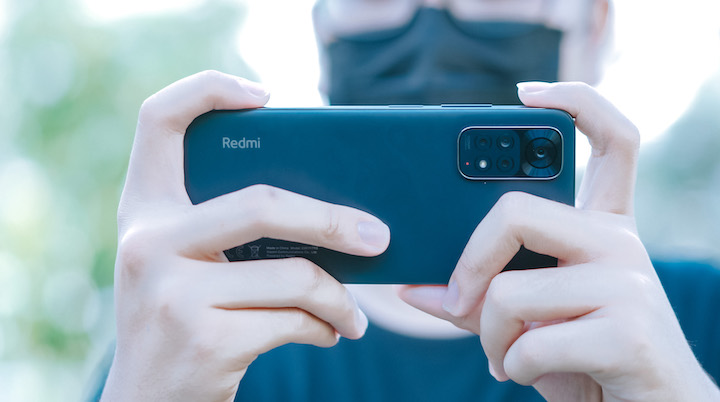
The camera interface is a standard Xiaomi affair. Swiping to the side lets you switch between different modes like Photo, Video. Portrait and Pro. The latter enables you to fine-tune aspects such. As white balance, exposure, ISO and shutter speed. At default settings, the Redmi Note 11 captures 12MP shots. You can opt for 50MP capture but that hardly offers any benefits.
In most situations, AI mode provides the best possible results. Moving on to image quality, you get good results with a decent amount of detail and natural colors. But, the noise level is a definite downside.
Switching to an 8MP camera causes a significant loss of detail. Like most wide-angle cameras, it has some noticeable barrel distortion around the edges. Compared to the main camera, photos captured by the wide snapper seem to have a warmer tone.
In low-light conditions, image quality. Takes a serious hit for the main and wide-angle cameras. The colors seem fine but the noise gets out of hand. Night mode is limited to the main camera, and its performance is a mixed bag. It brightens up low-light images, but it increases noise while doing so.
For self-portraits, the Redmi Note 11 comes with a 13MP front-facing snapper. For a fixed focus camera. It does a good job of keeping things in focus Colors look fine but the camera tries too hard to make every shot shine.
Moving on to video recording, the phone is capped at 1080p 30fps. You also won’t get an option for 1080p 60fps, which is odd considering the Redmi Note 10 supports 4K capture. Like other budget smartphones. The Redmi Note 11 does not have OIS (Optical Image Stabilization). I couldn’t find any settings or toggles for EIS (Electronic Image Stabilization).
Battery
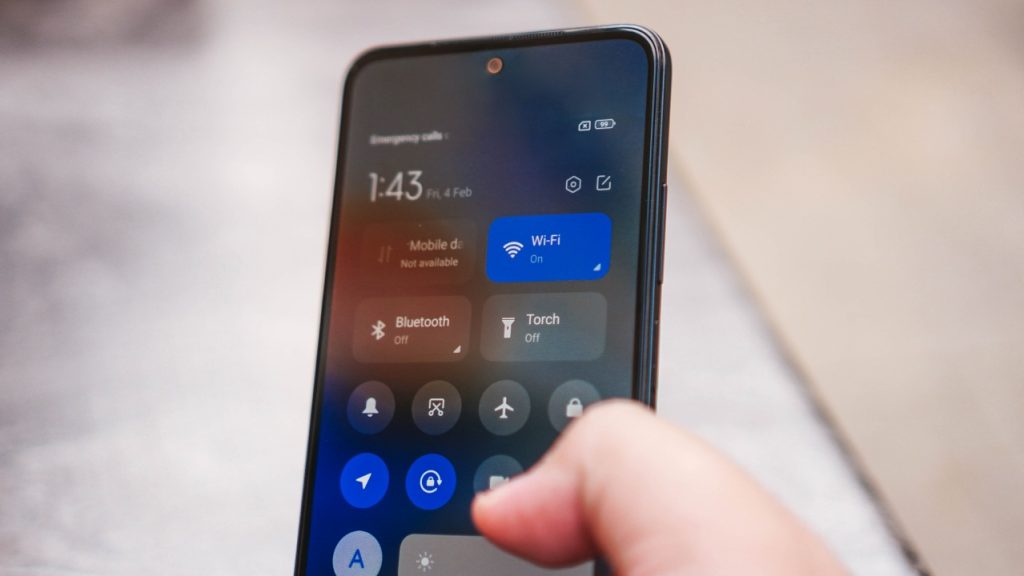
The Redmi Note 11 packs in a 5,000 mAh battery. Its huge capacity, combined with the 6nm energy-efficient Snapdragon 680. Delivers impressive battery life. The phone easily lasts more than a day on a single charge with moderate usage. If you are a heavy mobile user, the battery should see you through from dusk till dawn.
Xiaomi has been generous to ship the phone with a 33W charger. It takes about half an hour to reach 50 percent battery capacity, which is pretty good.
Verdict
The Redmi Note 11 is a good handset that offers a high refresh rate OLED screen and long battery life on a budget. It has enough power to provide an acceptable user experience. But, it seems like a step down from the Redmi Note 10 which offers 4K video recording. Last year’s phone had a better ergonomic design than the Redmi Note 11.
Fortunately for Redmi, its competitor Realme doesn’t fare. Any better with its 2022 line-up. The Realme 9 series, including the Realme 9 5G SE. Has ditched OLED panels in favor of lower-quality LCD screens. All things considered, if you’re looking for a handset under Rs 15,000. The Redmi Note 11 warrants your consideration.

